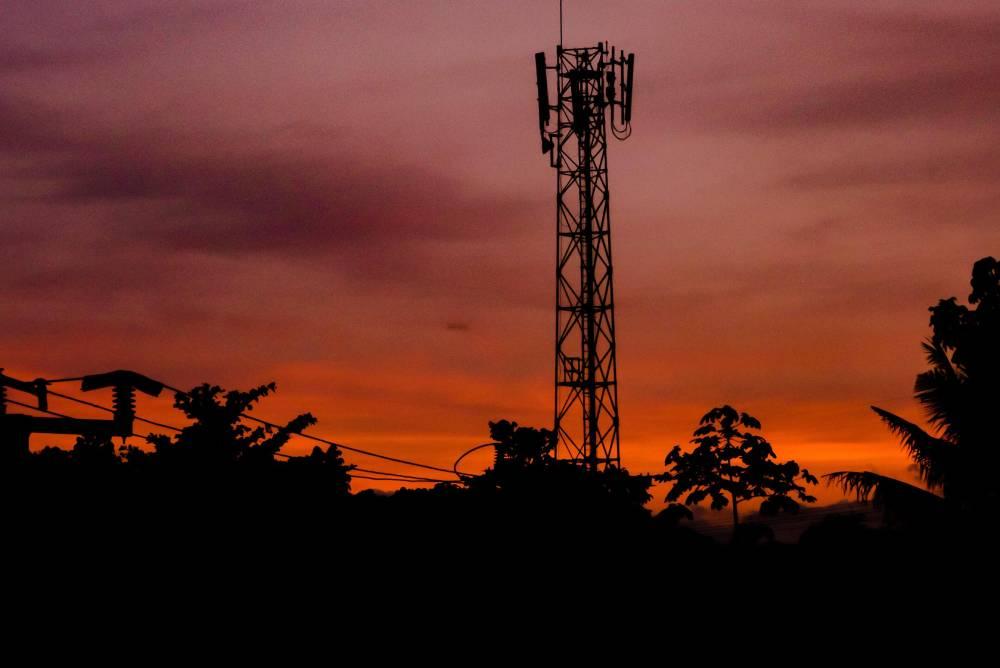Choosing the Right Equipment and Technologies for a WISP: Factors Impacting Selection Process
Introduction
- by ISPadmin
- 2023 / 07 / 11
- Regulatory


Wireless Internet Service Providers (WISPs) play a crucial role in connecting communities and bridging the digital divide. To provide reliable and high-speed internet access, choosing the right equipment and technologies is paramount. In this blog post, we will explore the factors that WISPs need to consider when selecting equipment and technologies, with a particular focus on terrain, tree cover, elevations, distances from tower locations, frequencies, micropop deployments, and microwave links. By understanding how these factors impact the selection process, WISPs can make informed decisions to ensure optimal network performance and coverage.
Terrain Analysis
Terrain characteristics significantly impact the performance of wireless networks. Conducting a thorough analysis of the terrain is essential before deploying equipment. The topography of an area, such as hills, mountains, valleys, and cliffs, can create challenges for wireless signal propagation. Higher elevations might require taller towers to ensure line-of-sight connectivity, while lower elevations may necessitate different techniques, such as non-line-of-sight (NLOS) technologies or relay nodes.
Tree Cover Assessment
Tree cover can obstruct wireless signals and affect network performance. The density and height of trees in an area can impact signal penetration and coverage. Thick foliage can cause signal attenuation and hinder connectivity. When selecting equipment, WISPs should consider technologies that mitigate the effects of tree cover, such as frequency bands that offer better penetration through obstacles and using directional antennas to focus signals in specific directions.
Elevation Considerations
Elevation plays a crucial role in determining the range and coverage of a wireless network. Higher elevations generally enable better line-of-sight connections and longer transmission distances. However, lower-lying areas may require additional planning and equipment deployment strategies, such as using taller towers or strategically placing relay nodes to overcome obstacles. By considering the elevation variations within the coverage area, WISPs can optimize their network design and ensure seamless connectivity.
Distances from Tower Locations
The distance between tower locations is a key factor in the design and deployment of a WISP network. Longer distances between towers may require higher-gain antennas, greater transmission power, or additional relay points to maintain signal strength and coverage. WISPs should carefully evaluate the expected demand and population density within these distances to determine the appropriate equipment and technologies needed for optimal coverage and capacity.
Frequencies
Choosing the right frequency bands is crucial for WISP operations. Different frequency bands have unique characteristics and are suitable for specific applications. Lower frequency bands, such as 2.4 GHz, offer better penetration through obstacles but have limited bandwidth. Higher frequency bands, such as 5, 6, 12 GHz provide greater bandwidth but have shorter range and reduced ability to penetrate obstacles. WISPs should assess the specific requirements of their coverage area and customer base to determine the most appropriate frequency bands for their network.
Micropop Deployments
Micropop deployments involve strategically placing smaller access points closer to end-users to improve network performance and capacity. These smaller access points serve as mini-towers, extending coverage and reducing interference in densely populated areas. Micropops enable WISPs to provide localized high-speed connectivity, particularly in urban environments. When selecting equipment, WISPs should consider the scalability, interference management capabilities, and compatibility with existing infrastructure to ensure seamless integration and optimal performance.
Microwave Links
Microwave links are commonly used in WISP networks for backhaul connectivity between towers or to connect remote locations. Microwave links utilize radio waves to transmit data over long distances, providing high-capacity connectivity. When deploying microwave links, WISPs should consider factors such as frequency selection, antenna gain, link distance, interference sources, and line-of-sight requirements. Careful planning and alignment of microwave links are essential to ensure reliable and interference-free communication.
Conclusion
Selecting the right equipment and technologies for a Wireless Internet Service Provider (WISP) involves a comprehensive evaluation of various factors that impact network performance and coverage. Terrain analysis, tree cover assessment, elevation considerations, distances from tower locations, frequency band selection, micropop deployments, and microwave links all play integral roles in designing an efficient and reliable network.
By considering these factors, WISPs can make informed decisions, optimize their network design, and deliver reliable and high-speed internet connectivity to their customers. It is crucial for WISPs to conduct thorough surveys, engage with experts in the field, and stay updated with industry advancements to ensure optimal equipment selection and network performance.
As technology continues to evolve, WISPs must adapt and embrace emerging technologies to provide superior connectivity and contribute to narrowing the digital divide in communities worldwide.
Contact us here to learn more about how ISP Revolution can help you deploy with confidence – the first time
RECENT BLOG
MORE INFO
ISP Resolution © 2023 All Rights Reserved
